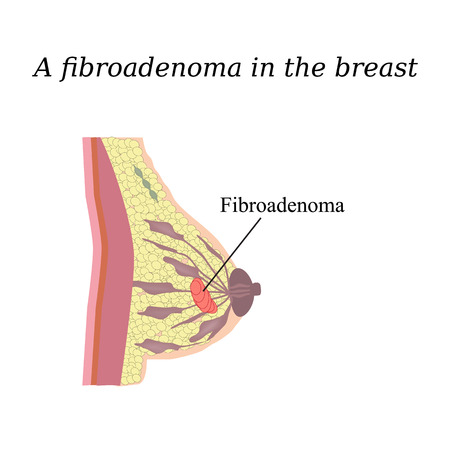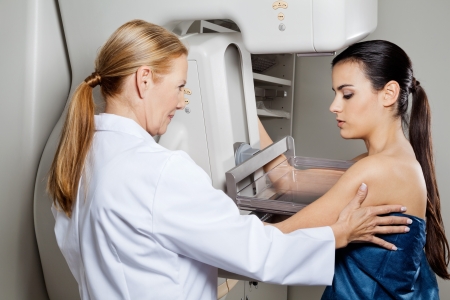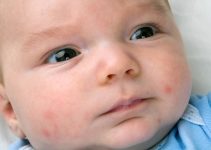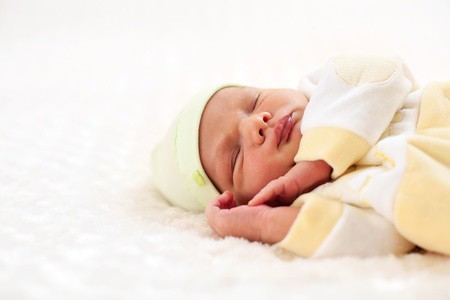Breastfeeding Benefits
Breastfeeding is nature’s arrangement for survival of the baby. The constituents of this milk are just perfect for the little one and it is the safest and most complete meal that a newborn can get. While feeding, vital antibodies are passed from the mother to the baby which play a crucial role in the development of his immunity. There are a number of health benefits of breast feeding. During the first year exclusive breast feeding lactation can considerably bring down the risk of breast cancer in women. Let us understand how breastfeeding and cancer are inter-related with the help of the given reasons:
- Your breast cells are making milk continuously for the first year and this does not allow the breast cells to misbehave
- Breastfeeding acts as a natural contraceptive and the menstrual cycles are also fewer. This results in lower estrogen levels.
- A healthy diet and lifestyle that most women follow during breastfeeding helps to keep cancer away.
- The incidence of breast cancer in lactating mothers is as low as 3% so it is a proven fact that breastfeeding reduces the risk of breast cancer.
Out of the many problems that affect females in the reproductive age group, cancer is one of them. It can be benign or malignant. They type and the stage of the disease will determine the prognosis and the outcome. The benign lump in breast is the commonest presentation. If the cancer is detected early, the lump can be surgically removed. However if the cancer has spread to other parts, then the patient may need surgery combined with chemotherapy or radiotherapy. In such conditions you may be concerned whether you can breast feed your baby. We shall discuss the pros and cons in detail here.

Pathological Conditions Of The Breast
In order to understand the relation between breastfeeding and cancer, you need to understand the pathological conditions first. Women who are lactating are the most prone to getting breast affections. Majority of the cases are not cancerous but just simple lumps. The causes of these lumps in breast are:
(a) Mastitis: This is an infection of the breast that is caused by the blockage of the milk duct. The milk collects and becomes a site for bacteria formation and infection. The symptoms of blocked milk duct are tenderness pain and swelling of the affected breast. The skin of the breast is tense and warm to touch.
(b) Fibroadenoma: This is a benign tumour that affects the breast. On palpation with the fingers, these lumps feel hard, non tender and they tend to slip beneath the skin on applying pressure. It is described by ladies as a lump under the left breast.
(c) Breast Abcessess: This is a painful condition where there is an abscess (lump on boob) formed beneath the skin in the breast tissue.
(d) Galactoceles: They are small breast cyst that are milk filled. Breastfeeding lumps are generally harmless
Benign lumps of the breast are usually hard and movable when palpated. Cancerous growths in the breast are irregular in shape and non movable.
Breastfeeding and Cancer
Breast Cancer
Symptoms: The presence of lumps in the breast that are painful and fixed usually raise the suspicion of cancer. The other symptoms of breast cancer in feeding mothers is abnormal discharge from the nipple, breast pain, change in the shape of one or both the breasts, puckering of the skin, swelling of the breast and warm to touch.
If the lump in the breast grows bigger or becomes painful and fixed then you should see the doctor immediately. Another change is dimpling of the breast skin which is called peau d orange appearance and a shift in the normal position of the nipple are warning signs.
Diagnosis: The diagnosis of breast pathologies is normally done by breastfeeding cancer signs, clinical examination and diagnostic techniques like mammogram. A mammogram gives the complete information of the breast duct system present within the breast. A lump or lymph nodes can be easily picked up. If required, a confirmatory biopsy may be done. The cells obtained on the biopsy are microscopically checked for cancer cells. In lactating mothers, reading of a mammogram is difficult so the doctor may advise the mother to stop feeding before having the test. Another test is ultrasound of the breast.
In case you have a doubt about the safety of the procedure that you will be undergoing while breastfeeding, talk to your doctor about it and discuss the probable side effects and precautions that need to be taken. Breastfeeding and cancer treatment can’t be followed at the same time.
Treatment: If a nursing mom has breast cancer, she will need surgery, chemotherapy and radiation. Depending on the stage of the disease, the line of treatment will be decided. The common known side effects are fatigue, pain, weakness, nausea and weight loss.
(a) Surgery: Surgery is the safest option during breastfeeding. You can continue to feed before and after the operation. The time gap that needs to be given will depend on the condition of the tumour and the extent of the surgery.
In case the cancer has spread to both the breasts and it is malignant, then you will need a double mastectomy. Removal of both the breasts will make the mother unable to breastfeed.
If only one breast is affected, then lumpectomy can be done to remove the tumour locally, followed by radiation therapy. If radiation is given it means the milk production will be affected and there will be very little or no milk at all. The mother may however feed from the normal breast. However, breastfeeding and cancer treatment at the same time need your doctor’s approval.
The medications that are given post surgery and during radiation tend to pass through the breast milk. So you discuss the probability of breast feeding with the doctor in advance and if required pump and store the milk for the baby. Before you resume breast feeding, discard some of the milk so that there is no risk of passing on heavy medications to the baby.
(b) Chemotherapy: Chemotherapy breast cancer may be indicated in your case. In this case you will have to stop breastfeeding the baby. This is because the breast cancer medicicne used are very strong and can have side effects on the baby.
(c) Radiotherapy: In some cases, it is possible to feed when you are on radiation therapy. This will vary in each individual case. Breastfeeding from the unaffected or normal breast is usually recommended.

How To Cope With Breast Cancer: During breastfeeding and cancer treatment, it is very essential that you arrange for proper child care and family support as you can be in bad shape and physically unable to nurture the baby for a while. Pump and store your milk or switch from breastfeeding to formula. This decision needs to be taken after consultation with the doctor regarding the severity of the disease. The stage at which the cancer is detected is the most important deciding factor. So work out with your doctor what mode of treatment will suit you best so that you can continue to feed your child. Join an online support group and reach out to other mothers who are in a similar situation for cancer advise. This will help you a lot in the recovery process. Take help and learn as much as you can about breastfeeding and cancer to avoid health concerns.



